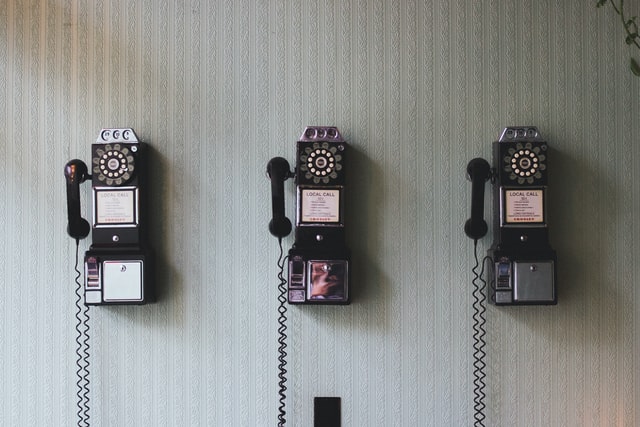Notetaking and annotation: Dasapta Erwin Irawan (Faculty of Earth Sciences and Technology) – ORCID | Scholia
Photo by Pavan Trikutam on Unsplash
Roxanne Missingham ANU Press: OA in Australia
- 46:54 university rankings are important but how we could contribute our research to the nation is also important.
- 47:47 the values of scholarship (keskolaran/bukan beasiswa) is also important
- 48:27 Gold OA (OA with APC) is clearly NOT THE ONLY way to make our work open access
- 50:50 OA brings a whole new dimension of scholarship
- 52:30 social media is another important component for outreach
- 53:20 aside to relying on the sum of citations, we also could look deeper on how people build new knowledge on top of the previous knowledge
- 54:40 institutional repository (IR) is also important to make scholarly outputs OA. In Indonesia, IR has always been known only as the place to look for PDF thesis. Given that only PDF and limited portion of the thesis that are available, I doubt it would gain the ultimate benefit of OA for knowledge dissemination
May Ling Oey AIPI: How the Indonesian scholars join the race
- 1:02:10 to join the race indonesia can’t use the same terms as the western scholars
- 1:05:00 the situation in indonesia is simply different as the focus on tertiary education “has just started”.
- 1:08:15 we also hae tridarma as 3 pilars activities for indonesian academic, where academics tend to choose where to focus instead of making the 3 pilars embedded on their daily activity.
- 1:12:00 reasons why conference proceedings increases significantly
- 1:13:00 indonesia publishes the most OA journals. that should mean something.
Zabta Shinwari: Pakistan Academy of Science
- 1:15:00 Prof Zabta Shinwari session
Prof. Abdullah Shams bin Tariq: Interacademy Partnership (IAP)
- 1:48:15 He explains the results of his working group on combating predatory journals and conferences.
- 1:57:00 it is important to stress on communications being the primary goal of publishing in journals and presenting in conferences. now the key of publication is to get recognition for assessment. publication is now less to communicate and more to be recognized. more about career progression. more about rankings. this will be the distorting effect.
- 1:58:20 OA has immense benefits but at the same time resulting in the proliferation of metrics and rankings. and also has created prowerful commercial entities with firm control over academia.
- 1:59:20 south and SE asia are the 2 hotspots of predatory publishing (as publisher and as author)
Ann Booth: SOAS University of London
2:32:25 Explains the history of Indonesia’s higher education development.
QA
- 3:12:48 indonesian journals have been freeing themselves from paywall and apc since the beginning of scientific publishing culture. they didn’t even think to charge anything from readers and authors.
- 3:14:00 regarding institutional repositories. they’re should be open access, listed in DOAR, to gain benefits in many ways. prevent plagiarism and to make research accessible.
- 3:16:20 chances to create an arrangement for a regional repository.
- 3:20:00 the oligopoly of scientific publisher is dangerous with so many negative impacts to scientific practice and its assessment.
